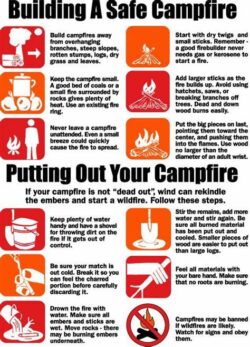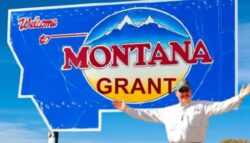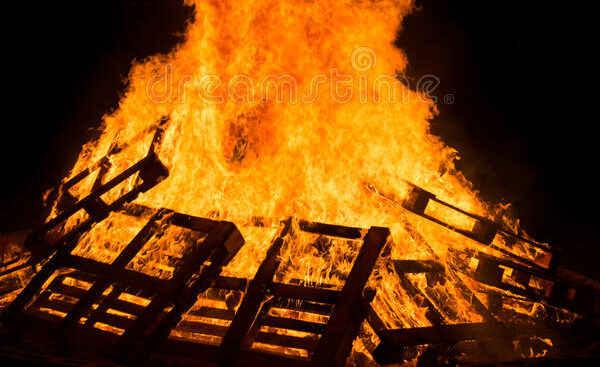 Campfires are warm, cozy, and comforting. When people first began using fires, their lives changed. The first fires were probably started by nature and used by early humans. They devised ways to transport their warm bounty. They understood how important fire was but thought it was magic. They did not yet have the knowledge or tools to make fire.
Campfires are warm, cozy, and comforting. When people first began using fires, their lives changed. The first fires were probably started by nature and used by early humans. They devised ways to transport their warm bounty. They understood how important fire was but thought it was magic. They did not yet have the knowledge or tools to make fire.
In modern times, campfires and human started fires are responsible for well over 80% of our wildfires. A few sparks on dry grass or timber can quickly turn into an inferno. Some fires may be intentional, but most are just ditch or campfires that get away from the ignitors. Lightening certainly is an issue as well.
With the numbers of boy and girl Scouts declining, fire training is becoming less prominent. Humans make fire without knowing how to react if things get out of control. Like Smokey says, “Only You Can Prevent Forest Fires.”
Fire skills include how to build and light a fire, where to build a fire, how to prepare a place for fire, and what to burn. They also must include how to put a fire out.
Here are a few common scenarios where fires get out of control.
Pouring fuel onto a fire. This means kerosene, gasoline, or camp stove gas. These highly volatile fuels can explode into massive flames that quickly spread.
Placing fire under low hanging trees. Flames can get high enough to burn branches, leaves, and needles over the fire. Once in flames, the fire jumps from tree to tree.
Leaving fuel too close to the campfire. Don’t stack extra wood next to the fire. Liquid fuels and propane can ignite and explode. Your camper or tent needs to be a safe distance away.
Not preparing the area for a fire. Most people place the fire in a fire ring but do not rake the dry grass, pinecones, or other dry debris from around the fireplace. Clear an area of at least 10 feet around a campfire site. Fire pits can be made by digging into the ground. Just pay attention if you are also igniting tree roots. Underground roots can burn as well.
Sparks start fires. If the material that you are burning produces drifting sparks, you need to change fuel. Paper and dry leaves/grass easily become airborne and float toward a fire disaster. Pay attention to the wind’s direction and strength.
Too much Fuel. Bigger is not better. Avoid turning a campfire into an inferno. Also know what fuels are best in your area. Burning sumac or poisonous plants will cause issues. Some woods burn slower or faster. Know what fuel you are adding to the fire.
No fire extinguishers are on hand. You need at least a shovel or bucket of water near the fire. You can save dishwater from dinner to do the deed. A shovel can put dirt onto flames in a hurry. It is also useful to help manage and control campfire coals. Commercial extinguishers are handy when near an RV or truck.
Know how to completely put a fire out. This means water, stirring, and no sparks. You would be surprised how just a single spark, encouraged by a soft breeze can start a fire.
Booze and fires do not go together. Drunks lose common sense, spit flaming alcohol, forget the campfire rules, and become careless.
Power tools and hot equipment can ignite a fire. This means farm machinery, metal cutting tools, welders, or…
Burning Ditches/ controlled burns to get rid of dead grass/ fire fuel. These burns can get out of control in moments. Have a support in people and extinguishers on hand. This seasonal job requires a permit and preparation.
Train everyone to be a Fireman. This means to prepare for the worst-case scenario. You may need to work as a team to deal with an emergency.
Build your fire where it is required. Some parks have fire rings to use. They may also have fire Bans or other requirements. Know the rules before your campout goes up in flames.
Avoid a Disco Inferno in Nature!
Montana Grant




